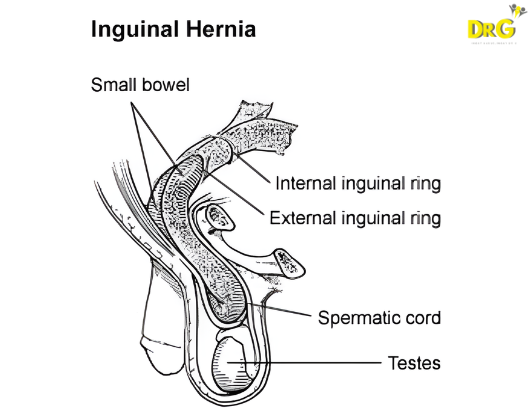A hernia occurs when an organ or tissue pushes through a weak spot in the surrounding muscle
or connective tissue. The most common types are inguinal (inner groin), incisional (resulting
from an incision), femoral (outer groin), umbilical (belly button), and hiatal (upper stomach).
Symptoms can range from a noticeable lump, discomfort, or pain, particularly when bending
over, coughing, or lifting heavy objects. In some cases, hernias can lead to severe
complications such as strangulation, where the blood supply to the herniated tissue is cut off,
necessitating immediate medical attention.
Treatment for a hernia typically involves surgical intervention to repair the opening in the muscle
wall. This can be done through open surgery or minimally invasive laparoscopic surgery.
Preventative measures to reduce the risk of developing a hernia include maintaining a healthy
weight, avoiding heavy lifting, treating persistent coughs, and ensuring proper nutrition to
strengthen muscles. Early detection and treatment are crucial to prevent complications and
improve outcomes
Here is a diagram illustrating a common type of hernia:


